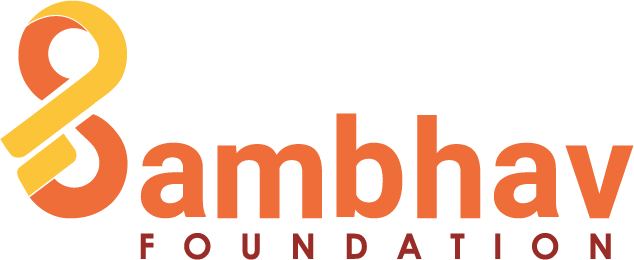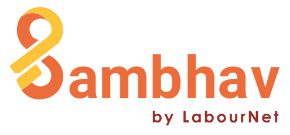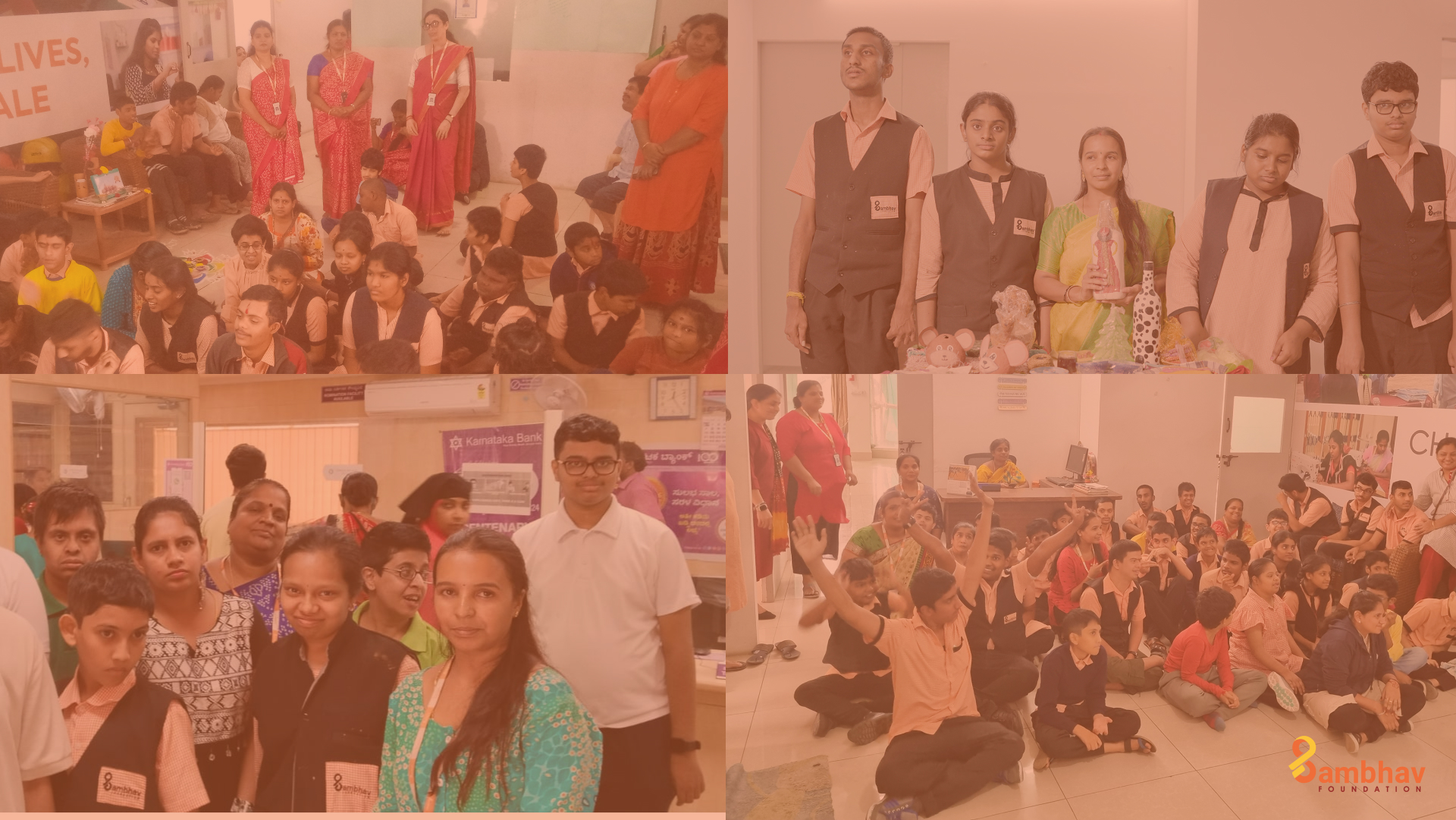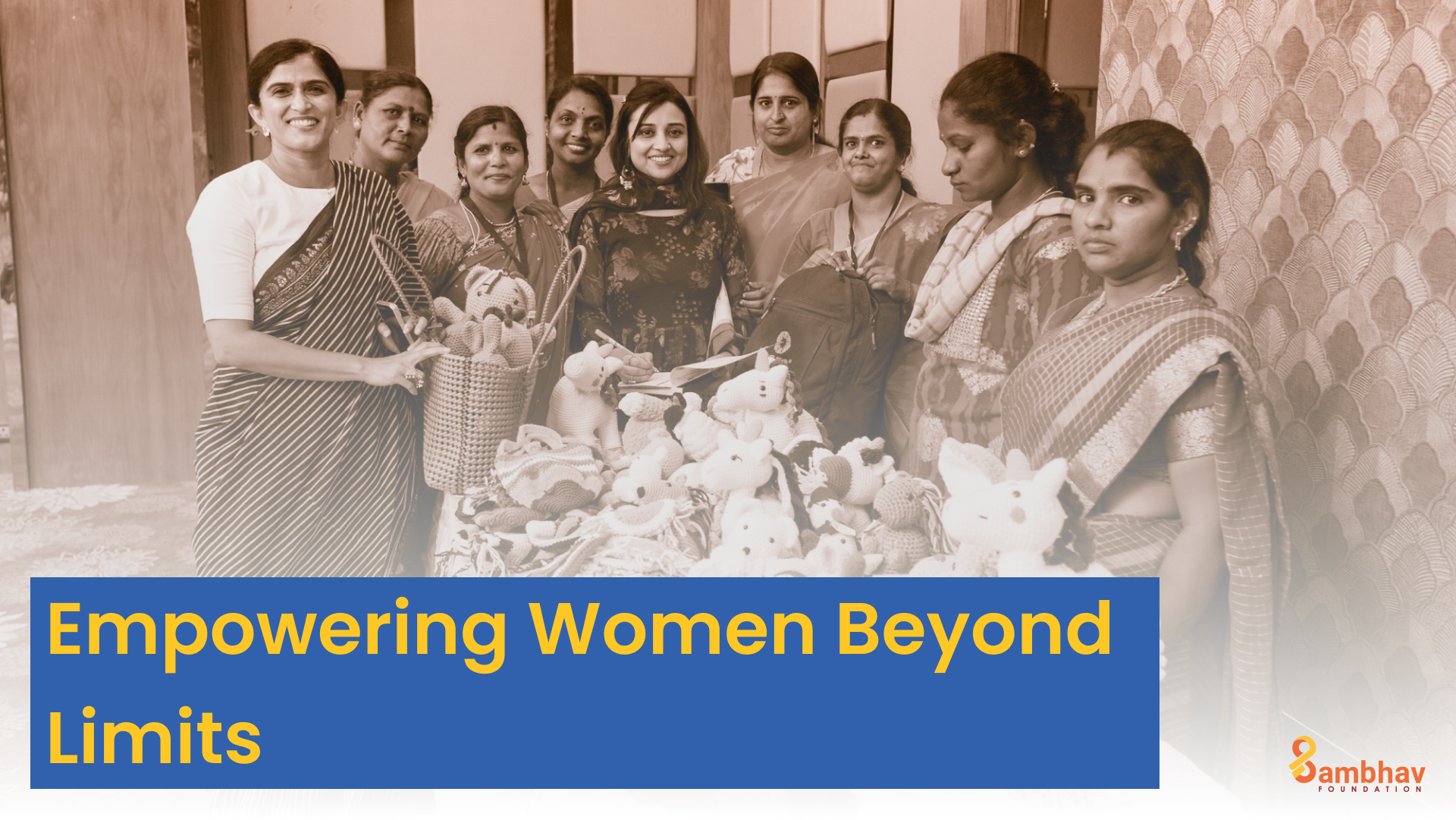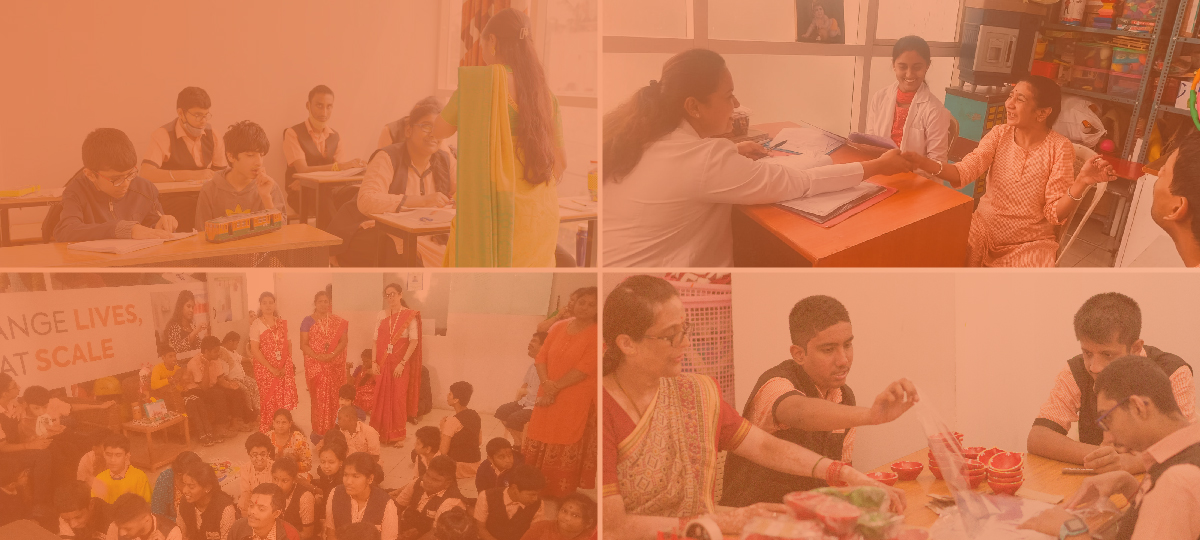An unprecedented number of first-generation learners and women are entering our workspaces today. This brings its own set of challenges when it comes to career mentorship and guidance.
Most graduating college students hardly find jobs that use their full potential. Across various education streams, the employability of talent hasn’t crossed 60%. For some courses, it’s as low as 30%.
This is understandable. Our schools are de facto vehicles for several social security schemes (nutrition, preventing child marriage or child labour). Our higher education institutions (even MBAs!) are then given an outsized task of playing catch up, and end up becoming ‘finishing schools’.
With the focus on accessing education and getting a certificate, it seems like we never got around to the question of employability, career guidance and mentorship. This translates to missed opportunities, or low-paying jobs.
So the theme for this month’s Impact of Scale is about the importance of offering proper career counselling and guidance for our youth.
1 Question.
- How do we ensure that young college graduates get the guidance and mentorship they need?
2 Perspectives
- Undue focus on GER. I think there is an undue focus on the Gross Enrollment Ratio (GER) in higher education. GER in higher education has increased by 21% since 2014 – 15. But unemployability levels for various professional streams have stayed the same.
Professional courses aren’t clearly linked out with possible career paths or jobs. Let’s take an Economics student. Are we mapping the courses / modules that are being taught with possible careers? Are we gauging if some students have an aptitude for statistics or research?
Students graduating with a BA History or Sanskrit course — what opportunities do they have outside of government jobs or academia?
The GER has been reduced to a statistic, which leads to situations where unemployment shoots up and thousands of graduates and postgraduates throng to apply to basic government jobs. - Information asymmetry in public education. Higher education in India is still a largely public affair. The latest All India Survey on Higher Education (AISHE) report shows that Govt Universities account for 73% of total enrollment in higher education. But students here have little mentorship or guidance about possible career paths.
Many first-generation learners simply don’t have a frame of reference when it comes to job opportunities. They can’t visualise career growth or opportunities beyond a few years. This lack of guidance in our public education system will have to be tackled first.
3 Factors
- Gradation of higher education. There’s a homogeneity in our education system. There are around 1,113 universities in the country, with 43,000+ colleges under them. But there isn’t enough focus on the quality of instruction.
Rather than a blind focus on higher education, I think we need a gradation of higher education. This includes community colleges, institutes of technical trades and then universities. We also need better credit transfer systems, so professional colleges help launch students into stable professions.
- Rethink basic qualification. Rather than specify broad education qualifications, recruiters and companies need to take the lead and post specific skill certifications. This will take away the pressure on students to have a college degree, while refocusing education on skills and employment.
As an article in The Print pointed out, in Madhya Pradesh, large-scale hiring of contract or part-time teachers was a short-sighted move. Hiring contract workers with less pay, job security and other benefits to work alongside full-time workers creates friction and resentment — and it ultimately is counterproductive in driving developmental outcomes.
The industry has to set an example here. That means closely working with educational institutions to absorb qualified candidates based on formal skill qualification, rather than education qualification.
- An ecosystem of employment. Over the past decade, the government has started several initiatives around employment and skilling. This includes the Skill India, e-shram, National Career Services portals.
The problem is that these programmes exist in isolation. The good news is that the government is working to integrate all these portals.
But do graduating students even know of the National Career Services portal? Who’s going to inform / enrol young college students onto these platforms?
A successful pilot programme showing these services in action, and a dedicated awareness drive can make these services more effective.
Until next time,
*(P.A.C.E or the Personal Advancement & Career Enhancement, is a training programme incepted by the American clothing retailer GAP. It has a strong general skills training component)
